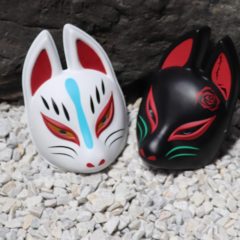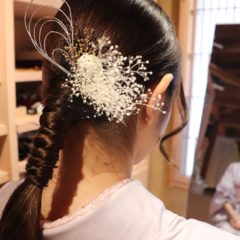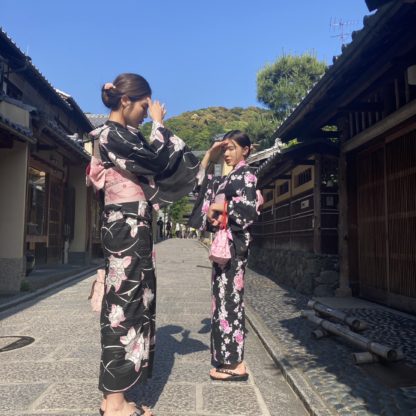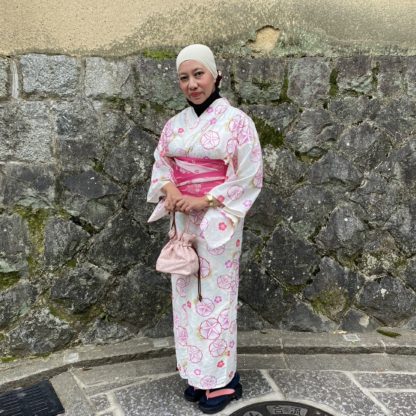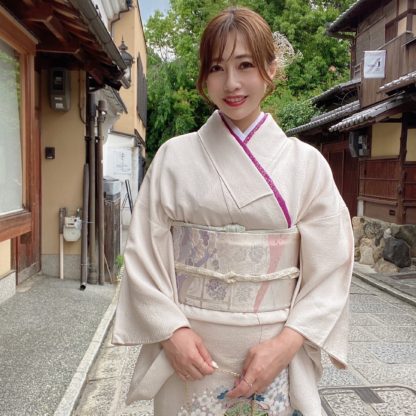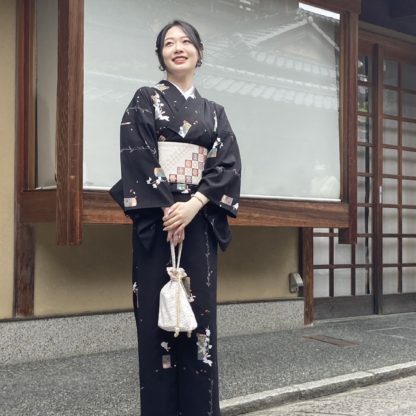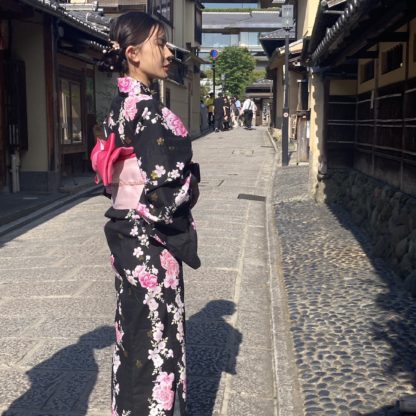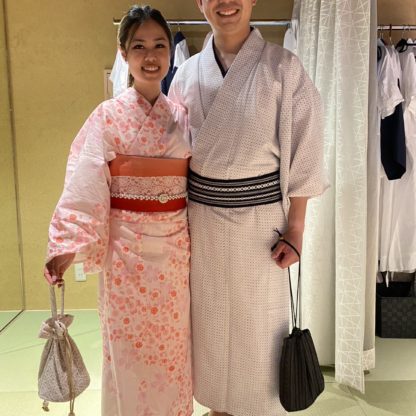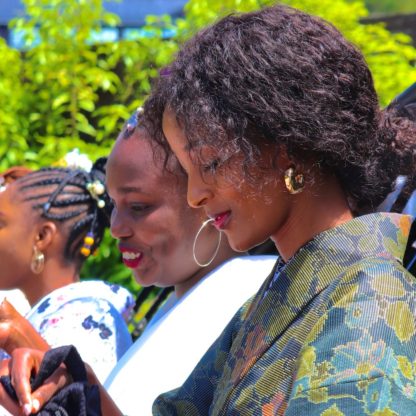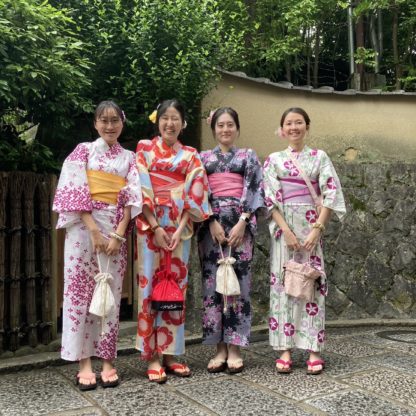Sword (Japanese sword)
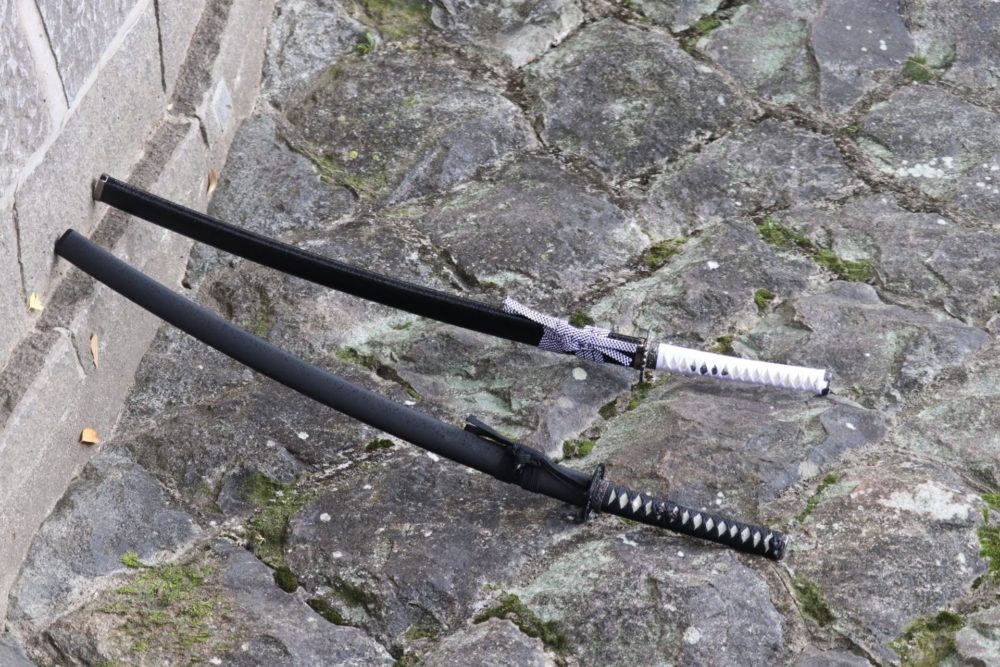
The Japanese sword is a traditional Japanese weapon with a history spanning thousands of years. The first Japanese swords appeared in the Yayoi period (3rd century B.C. to 3rd century A.D.), with influences from China and Korea. Later, during the Heian period (794-1185), sword-making techniques advanced and the basic form of the Japanese sword was established.
The Japanese sword has a blade composed mainly of iron, called hagane (steel), and is characterized by a beautiful pattern called a haemon (blade pattern). The blade pattern is created by differences in the crystalline structure of the blade during the forging process. The steel of Japanese swords is soft yet tough and has a unique cutting ability.
In the Middle Ages, the Japanese sword became a symbol of the samurai, and demand for swords increased during the Warring States period (1467-1603). During this period, many master swordsmiths were active and produced excellent swords. Swords were decorated with sword tsuba (tsuba) and tskamaki (handle scroll), and each sword was engraved with an inscription called mei (meaning “name”).
During the Edo period (1603-1868), Japanese swords continued to be important despite a period of peace. However, during the Meiji period (1868-1912), Western weapons were introduced and the demand for Japanese swords declined.
In modern times, Japanese swords are highly valued as part of the martial arts, as art objects, and as collectibles. Many sword enthusiasts and sword repairers continue to preserve the traditional methods and techniques of Japanese sword making. Japanese swords are also recognized as important national cultural assets and are preserved and protected.
The Japanese sword is a traditional Japanese weapon with a history spanning thousands of years. The first Japanese swords appeared in the Yayoi period (3rd century to 3rd century B.C.), with influences from China and Korea. Later, during the Heian period (794-1185), sword-making techniques advanced and the basic form of the Japanese sword was established.
The Japanese sword has a blade composed mainly of iron, called hagane (steel), and is characterized by a beautiful pattern called a haemon (blade pattern). The blade pattern is created by differences in the crystalline structure of the blade during the forging process. The steel of Japanese swords is soft yet tough and has a unique cutting ability.
In the Middle Ages, the Japanese sword became a symbol of the samurai, and demand for swords increased during the Warring States period (1467-1603). During this period, many master swordsmiths were active and produced excellent swords. Swords were decorated with sword tsuba (tsuba) and tskamaki (handle scroll), and each sword was engraved with an inscription called mei (meaning “name”).
During the Edo period (1603-1868), Japanese swords continued to be important despite a period of peace. However, during the Meiji period (1868-1912), Western weapons were introduced and the demand for Japanese swords declined.
In modern times, Japanese swords are highly valued as part of the martial arts, as art objects, and as collectibles. Many sword enthusiasts and sword repairers continue to preserve the traditional methods and techniques of Japanese sword making. Japanese swords are also recognized as important national cultural assets and are preserved and protected.
The history of the Japanese sword goes beyond its mere existence as a weapon, and has artistic value and philosophical significance. Japanese swords, also known as “katana,” have a deep connection to Japanese history, culture, and the spirit of bushido.
Swords were made by skilled craftsmen called kajishi, or smiths. They formed steel by heating, beating, and bending iron to achieve uniformity of blade pattern and hardness. Sword making was an extremely difficult process that required the preservation of secret techniques and family traditions.
The blade pattern of a Japanese sword is a thing of beauty and artistry. The blade patterns are diverse and include waves, curves, and animal patterns. These blade patterns are the result of the crystalline structure of the iron during the forging process and are important elements that indicate the individuality of the sword and the age of its production.
In addition to their mere function as weapons, swords also had aesthetic value and symbolic meaning. Swords were used as a symbol of a samurai’s status and family, and swords were engraved with an inscription called a meimon (inscription). The inscriptions include the name of the sword’s maker or a poem, and tell the history and background of the sword.
Swords were not only used on the battlefield, but also played an important role in the training and rituals of Japanese martial arts and swordsmanship. Through the sword, samurai cultivated a rigid spirit and skill, and were prepared to face their enemies. Swords were also considered important as works of art in the pursuit of beauty, and a culture of sword appreciation developed.
However, with the modernization of the Meiji era, the demand for swords rapidly declined. With the modernization of military power and the introduction of Western weapons, swords were no longer the primary weapon in actual warfare. The Meiji government restricted the possession and manufacture of swords, and many swords were destroyed by the Sword Abolition Ordinance.
Today, Japanese swords are protected as nationally important cultural assets, and efforts are underway to preserve and restore them. Swords are highly valued as works of art and historical documents and are displayed in art galleries and museums. In addition, there are experts and organizations for sword restoration and appraisal, and their skills and knowledge are passed on to their successors.
Japanese swords are highly valued both in Japan and abroad for their beauty, historical value, and cultural significance. Many people are drawn to Japanese swords through sword collecting, appreciation, and the practice of martial arts. In addition, sword-making techniques and traditions continue to be preserved by modern-day blacksmiths and sword enthusiasts.
The history of the Japanese sword is deeply rooted as part of Japanese culture and bushido. More than just a weapon, the sword is an artistic pursuit and has ethical value. Their beautiful blade patterns and excellent cutting ability have impressed many people and continue to convey the appeal of swords. The Japanese sword will long be celebrated as more than just a weapon, but as a symbol of a part of Japanese history and culture.

